🌐📚 LinguistLearner: AI Language Assistant - Language Learning AI
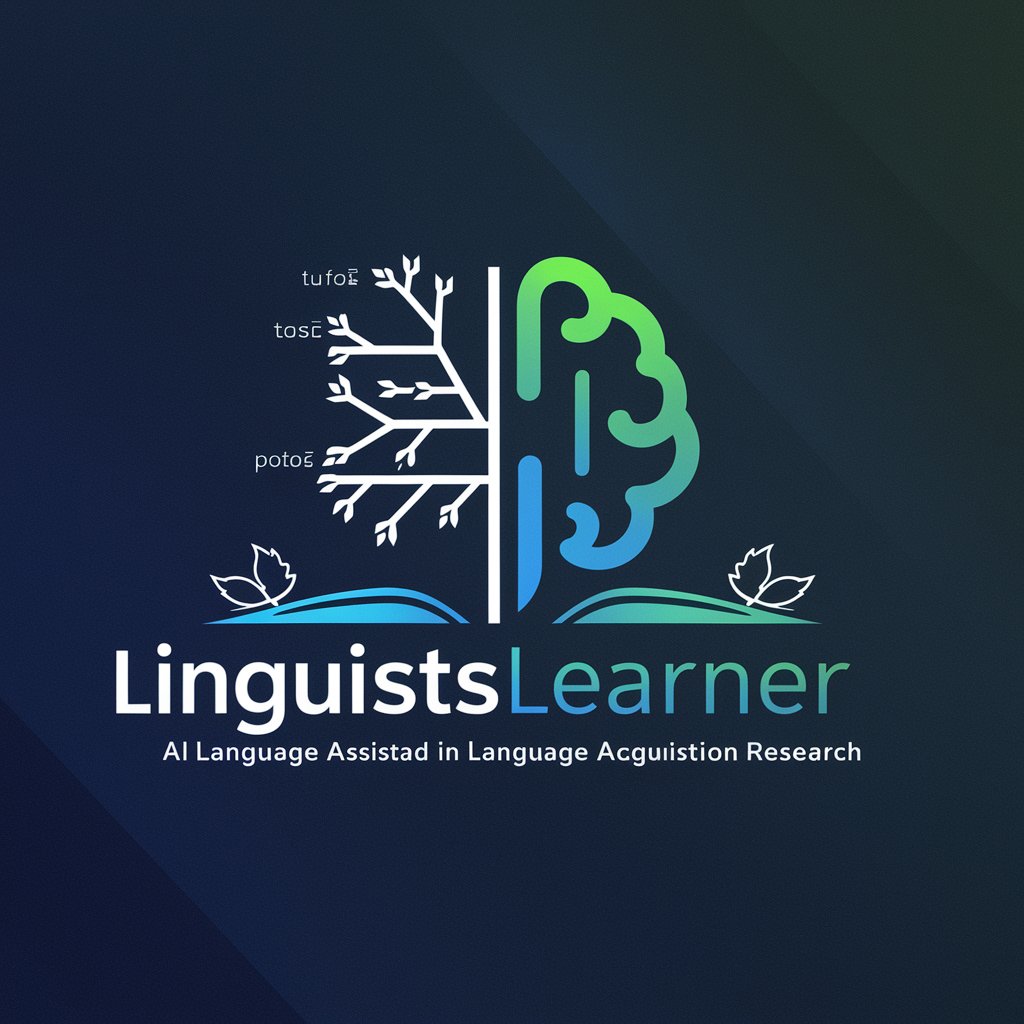
Welcome to LinguistLearner, your AI language acquisition assistant!
Empowering Linguistic Exploration with AI
Can you help me analyze language learning data?
What are some key theories in language acquisition?
How do I design a survey for a linguistic study?
What resources can you provide for learning phonetics?
Get Embed Code
Overview of LinguistLearner: AI Language Assistant
LinguistLearner: AI Language Assistant is designed to be an advanced support tool for individuals and professionals engaged in language learning, linguistics research, and education. It leverages AI to provide access to linguistic databases, analyze language learning data, and offer insights into the process of acquiring new languages. This assistant is equipped to explain complex linguistic theories, assist with the design of language learning experiments, and provide resources for language education. For example, it can generate summaries of linguistic articles, assist in the creation of surveys for data collection, and analyze linguistic data to facilitate understanding of phonetics, syntax, and semantics across multiple languages. Powered by ChatGPT-4o。

Core Functions and Applications
Linguistic Data Analysis
Example
Analyzing the frequency and usage patterns of certain grammatical structures in a corpus of text.
Scenario
A researcher is studying the evolution of passive voice in English literature over the last century. Using LinguistLearner, they upload a collection of texts and receive a detailed analysis of passive constructions, trends, and historical shifts.
Language Learning Experiment Design
Example
Creating a study to test the effectiveness of spaced repetition in vocabulary acquisition.
Scenario
An educator wants to compare traditional teaching methods with spaced repetition techniques. They use LinguistLearner to design the experiment, including sample sizes, control groups, and statistical methods for analyzing results.
Educational Resource Provision
Example
Offering curated lists of resources for learning specific languages, including textbooks, apps, and websites.
Scenario
A language learner is planning to start learning Japanese and seeks resources. LinguistLearner provides a personalized list of recommended textbooks, apps for practicing writing Kanji, and websites for immersive listening practice.
Target User Groups
Linguistics Researchers
Individuals conducting studies on language evolution, syntax, phonetics, or semantics. They benefit from the tool's data analysis capabilities, access to linguistic databases, and assistance in designing and conducting experiments.
Language Educators
Teachers and curriculum designers seeking innovative methods to enhance language learning. They can utilize the assistant to access educational resources, design more effective learning activities, and analyze the effectiveness of teaching methodologies.
Language Learners
Anyone from beginners to advanced learners looking for resources, strategies, and tools to aid in their language acquisition journey. They benefit from personalized learning material recommendations, insights into language learning strategies, and tools for self-assessment.

Guidelines for Using the AI Language Assistant
1. Start for Free
Begin by accessing a free trial at yeschat.ai, enabling immediate use without the need for ChatGPT Plus or any login requirements.
2. Explore Features
Familiarize yourself with the tool's features, including linguistic analysis, language learning data interpretation, and educational resource provision.
3. Identify Your Needs
Consider your specific linguistic or educational objectives to effectively leverage the AI's capabilities in areas like syntax analysis or language acquisition research.
4. Utilize the Assistant
Use the assistant for tasks such as generating linguistic summaries, designing language learning experiments, and analyzing language data.
5. Seek Support
For complex queries or further assistance, utilize the support options provided on the platform to enhance your experience and achieve your linguistic goals.
Try other advanced and practical GPTs
🌊 MarineMonitor: Oceanic Insight AI 🐬
Empowering oceanic exploration with AI

🌌 ParticlePioneer: Collider Data Analyst 🔬
Unraveling the mysteries of particle physics with AI

🌿📊 EcoStats Surveyor Pro 🌱🔍
Empowering ecological insights with AI
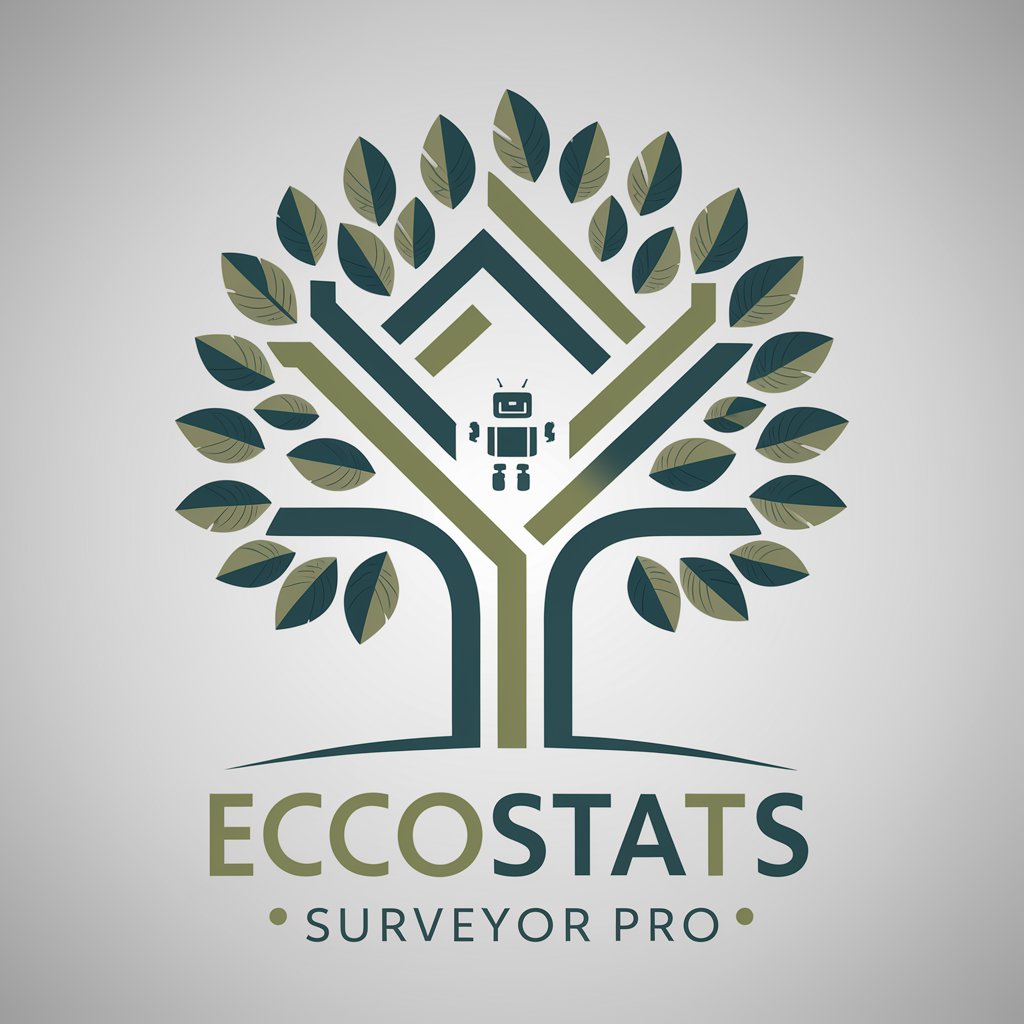
🧬 GeneticGenie: Genomics Insight 🧪
Unlock your DNA's secrets with AI

🌌 AstroAssist: Starry Scheduler 📆
Navigate the stars, powered by AI.
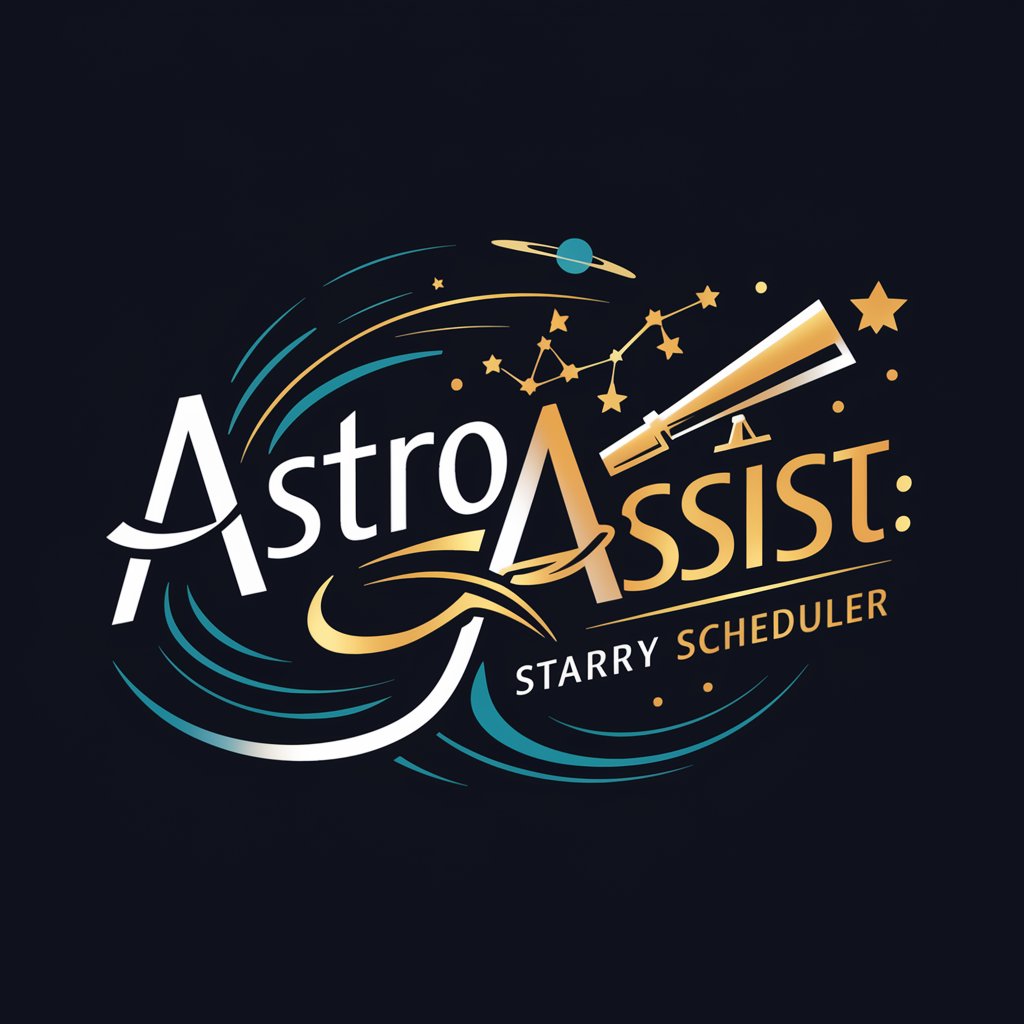
🧠 NeuroNet Experiment Architect 🧬
Empowering creativity and productivity with AI
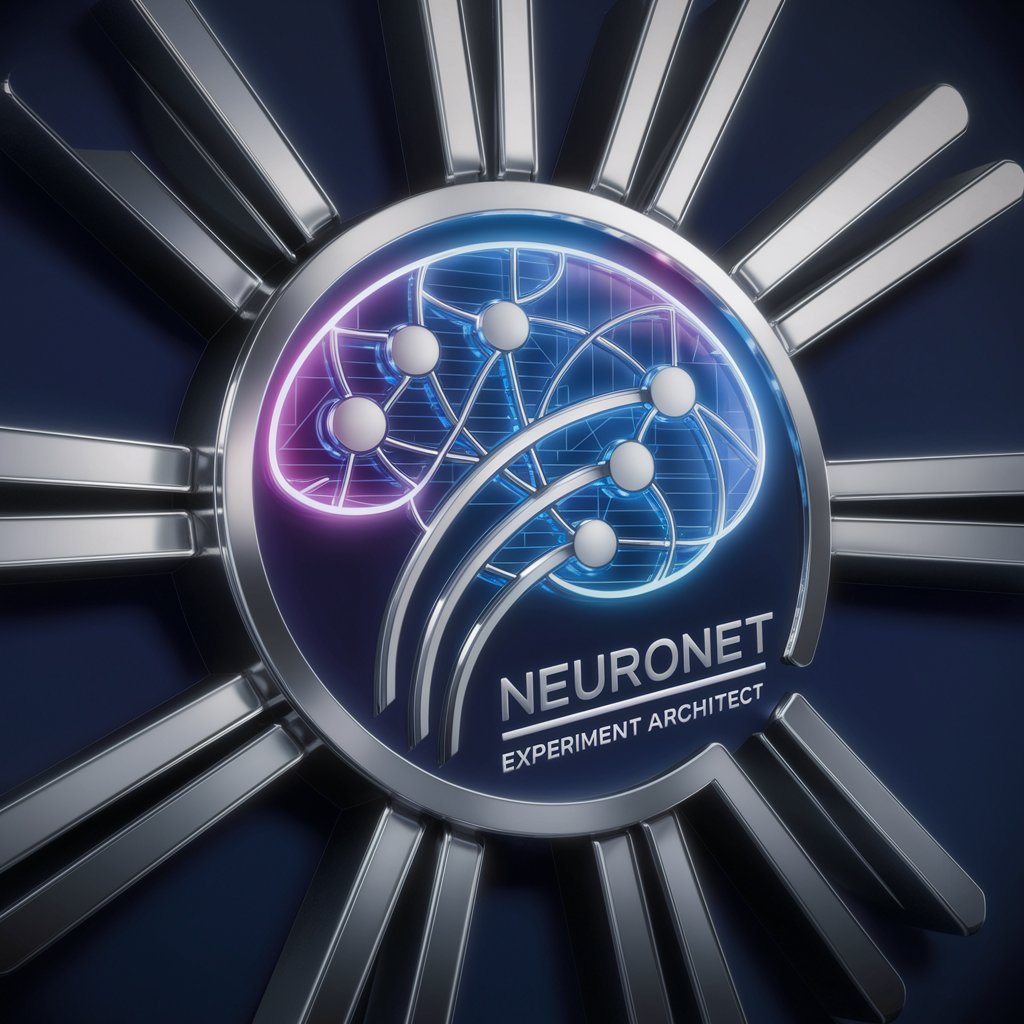
🧪 MaterialMelder for Experiment Logs 📓
Streamlining Scientific Discovery with AI

🔬 AI Experiment Design Wizard 🧠
Empowering Research with AI Insights
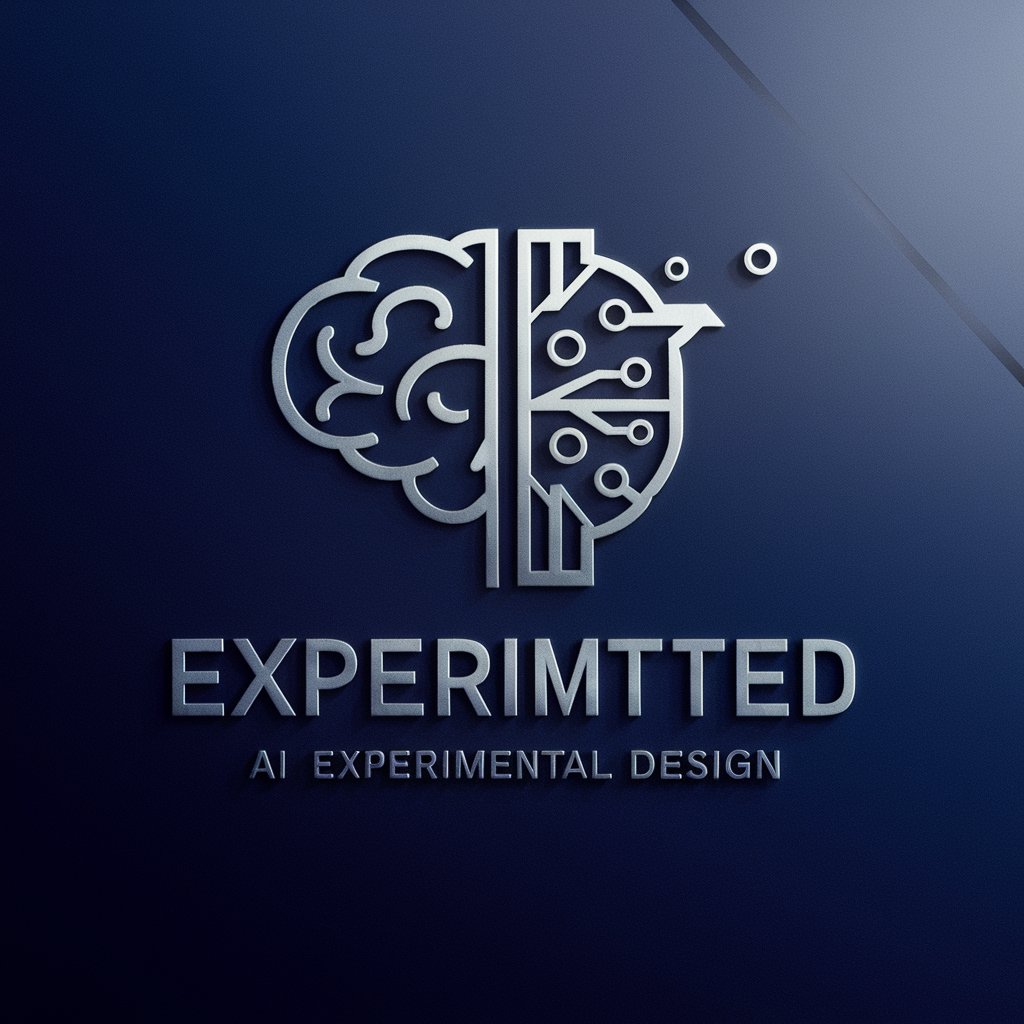
🧬 CellSimulator: BioLab AI 🦠
Visualize Biology with AI
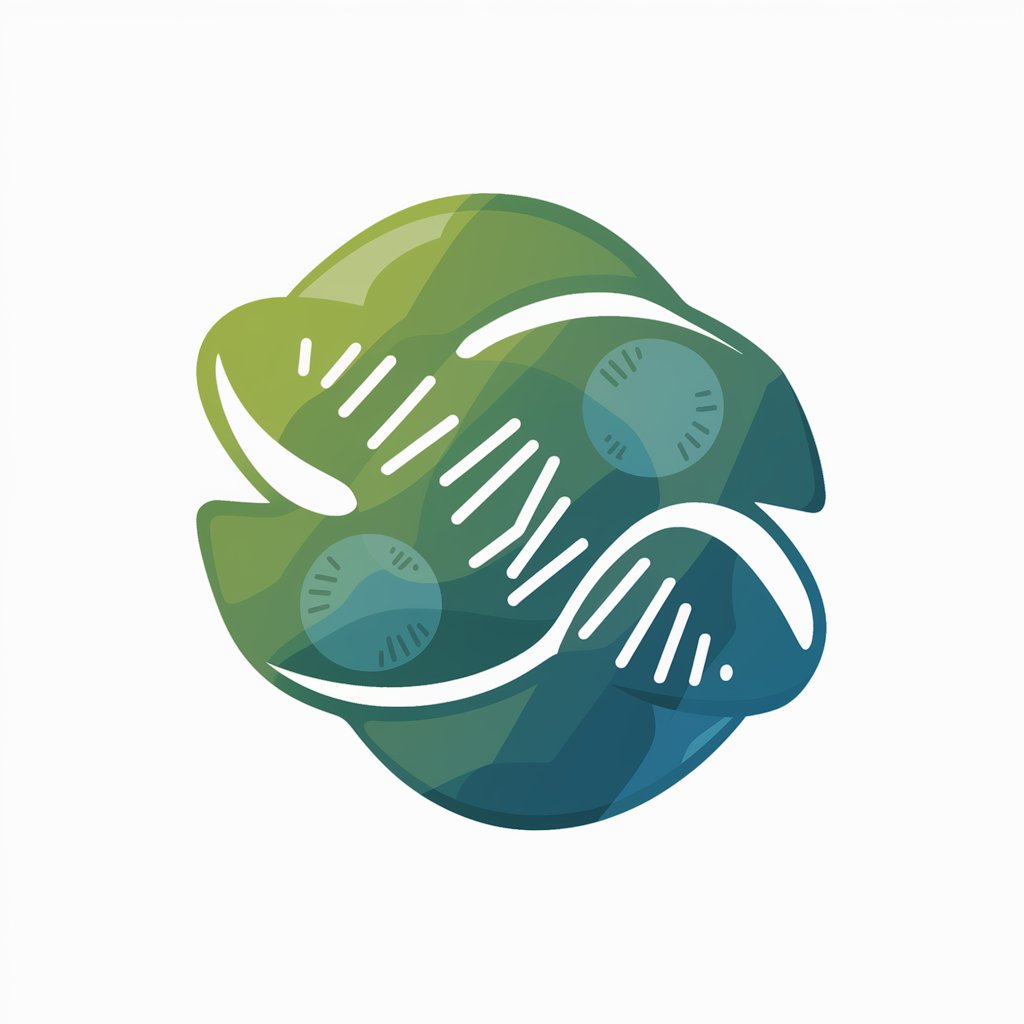
🤖 RoboResearch Engineer Pro 🛠️
Elevate Robotics with AI-Powered Engineering

🧠 PsychProbe: Study & Analyze Minds
AI-powered insights for psychological research
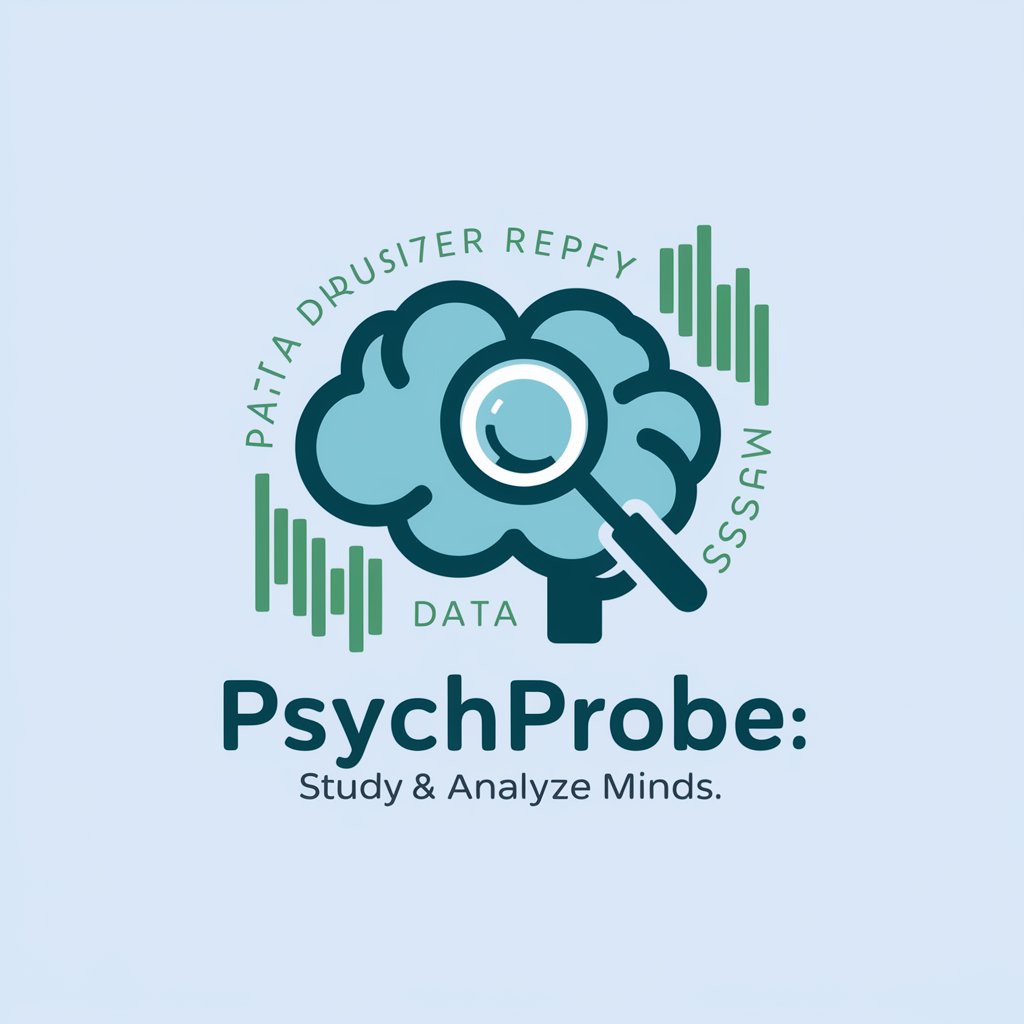
🔬NanoNavigator: Molecule Maestro🧬
AI-powered molecular design at your fingertips.
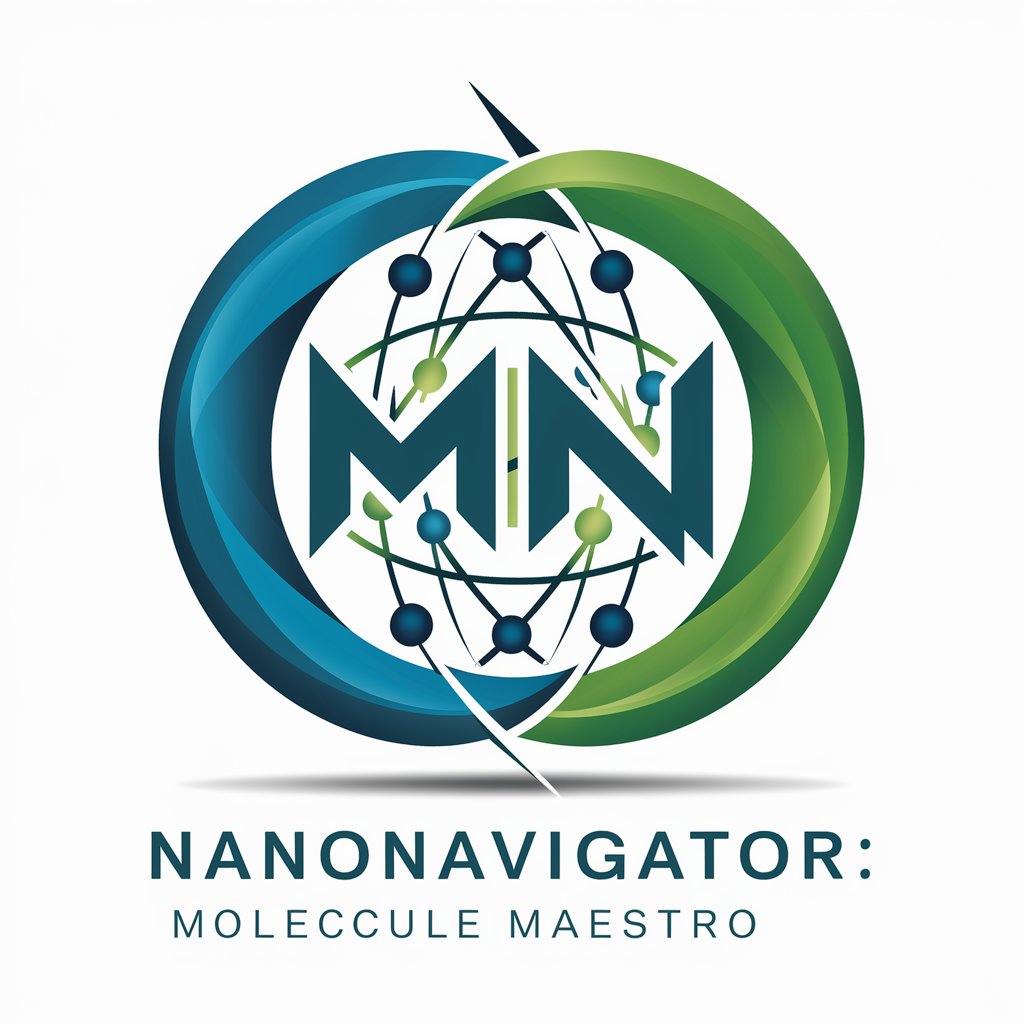
Frequently Asked Questions About the AI Language Assistant
What makes the AI Language Assistant unique?
Its specialization in linguistic research and language education sets it apart, offering tools for detailed linguistic analysis, language learning data interpretation, and support for educators and learners.
How can I use it to improve my language teaching methods?
Leverage its capabilities to design more effective language learning experiments, create engaging educational materials, and access comprehensive linguistic databases for curriculum development.
Can it help me with academic linguistic research?
Absolutely. It's designed to assist in analyzing linguistic data, summarizing research articles, and even helping in the creation of surveys and tools for data collection.
Is it suitable for beginners in language learning?
Yes, it provides resources and analytical tools that can be tailored to support learners at any stage of their language acquisition journey, from beginners to advanced learners.
How does it integrate with existing language learning platforms?
While it operates independently, its outputs can be used to complement existing educational content, offering a bridge between theoretical linguistic insights and practical language learning applications.
